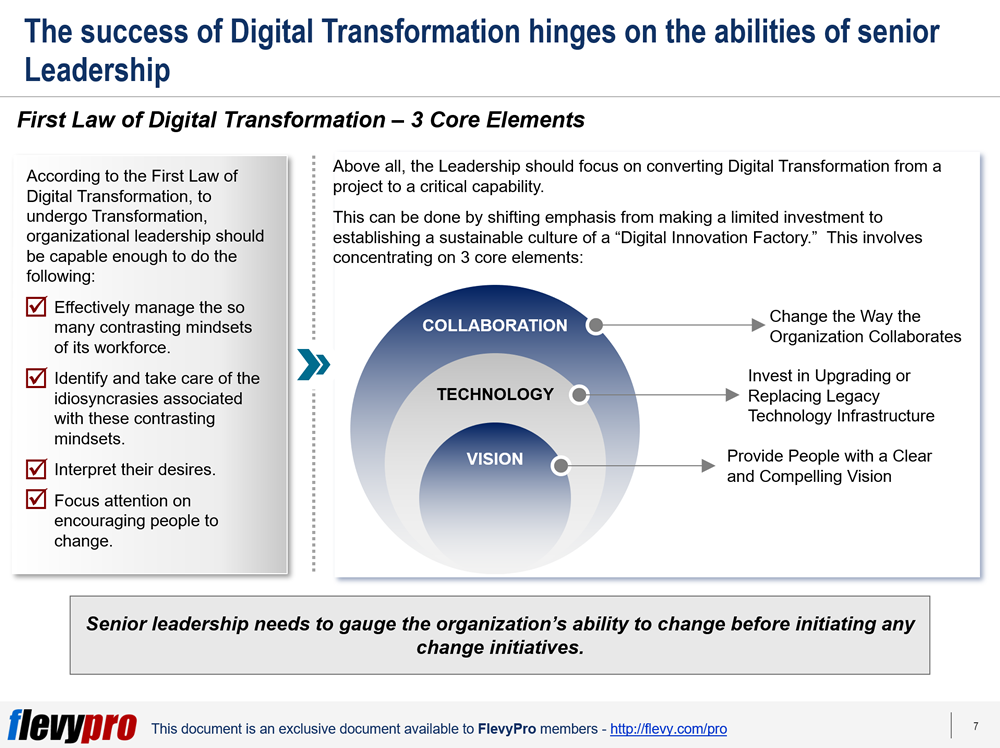“The only thing that is constant is Change.” – Heraclitus
An epidemic of change is happening globally–reengineering, restructuring, and revamping! Workplaces seem to be launching one change initiative after another. Digital Transformation is happening everywhere. Yet, the hard truth is that many change initiatives fail.
Change Management initiatives fail because of the way organizations view change. Often, change is seen as an isolated process. Organizations tend to focus on only one part of the organization in isolation. This can be a fatal error.
Everything in an organization is connected, and changing one piece can impact another. Hence change can only be successful if all interconnected pieces are considered. In 1965, Harold J. Leavitt designed an integrated approach to change, the Leavitt’s Diamond.
What is Leavitt’s Diamond?
Leavitt’s Diamond is a framework for understanding the connection between the key factors in an organization, and building an integrated change strategy. This is an essential element in Strategy Development.
The Structure, Tasks, People, and Technology are the 4 essential components of the Leavitt’s Diamond.
- Structure – The Structure refers to the organization’s hierarchical buildup and the layout of the various departments. However, this is not limited to its hierarchical buildup. It can also refer to the mutual relations that exist between departments and employees, the coordination between various levels of management, and the communication patterns.
- Tasks – The Tasks refers to the functions individual employees are assigned within their jobs. This relates closely to the organization’s goals on the strategic, tactical, and operational levels.
- People – These are your people – your staff, your employees. Beyond its physical countdown, this component also refers to all skills, competence, knowledge, and efficiency that employees bring to the organization.
- Technology – Technology refers to the upgraded machines and devices, as well as systems and software applications that build up the performance of tasks within an organization.
Between these 4 components, there must be the right balance. Only then can change be successfully implemented.
From the Drawing Board to the Ground Running
Having a good understanding of the Leavitt’s Diamond is important for organizations. However, the most critical is having it on the ground running. Each of the components must be identified, defined, and determined–your main tasks, your people, your tasks, and structure.
This is critical because you are building a basic framework for starting the change model. Without the right balance of Structure, People, Tasks, and Technology, the Business Transformation necessary will never occur.
Organizations must also take note that a primary change will always have an impact on each of the 4 components. A change in one component comes with changes in other components of the Leavitt’s Diamond. When this happens, there is a need for necessary adjustments.
Taking The Impact of Change on Tasks As an Example
- Change in People Component: Training or specific hiring policy can change staff and employees’ knowledge and expertise.
- What is the impact on Tasks? There is a change in individual tasks within the employees’ job.
- Change in Structure Component: Restructuring of departments, change in the arrangement of job positions, or even reorganization.
- What is the impact on Tasks? A different way of working is expected from employees to include different ad/or additional tasks.
This is also expected when there is a change in Technology and a corresponding impact on Tasks. Organizations must need to take note that changes in any component must be aligned with changes in other components. Again, there must be a balance for Leavitt’s Diamond Change Model to succeed.
Interested in gaining more understanding of the Leavitt’s Diamond Change Model? You can learn more and download an editable PowerPoint about Leavitt’s Diamond here on the Flevy documents marketplace.
Are you a management consultant?
You can download this and hundreds of other consulting frameworks and consulting training guides from the FlevyPro library.

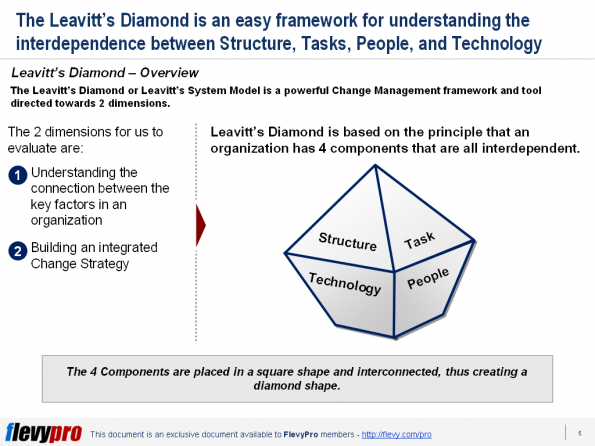

 Business dashboards
Business dashboards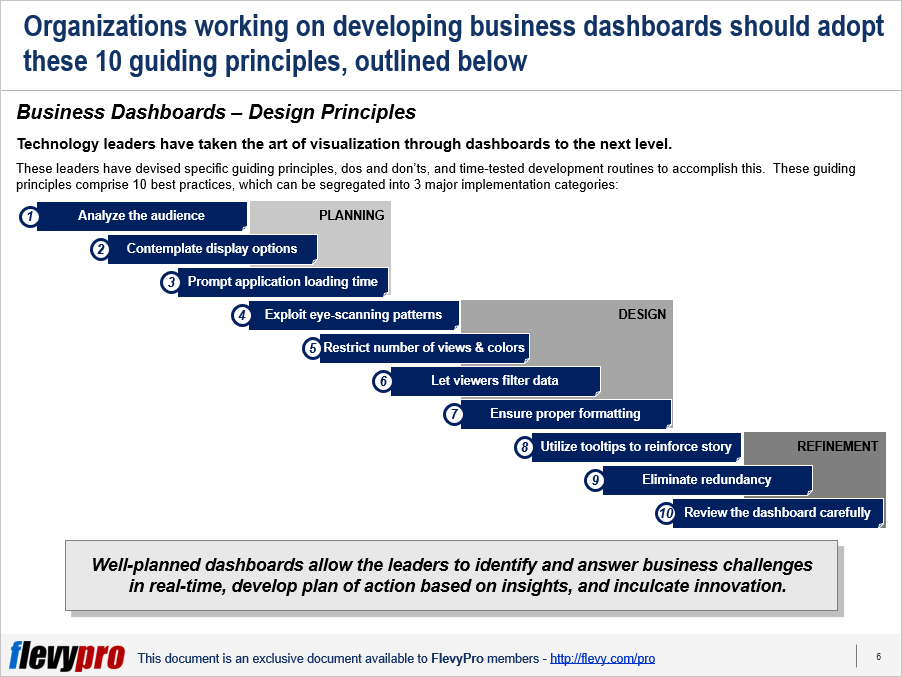
 Digital Age has increased both the opportunities for businesses who know how to react and the difficulty of getting it right.
Digital Age has increased both the opportunities for businesses who know how to react and the difficulty of getting it right.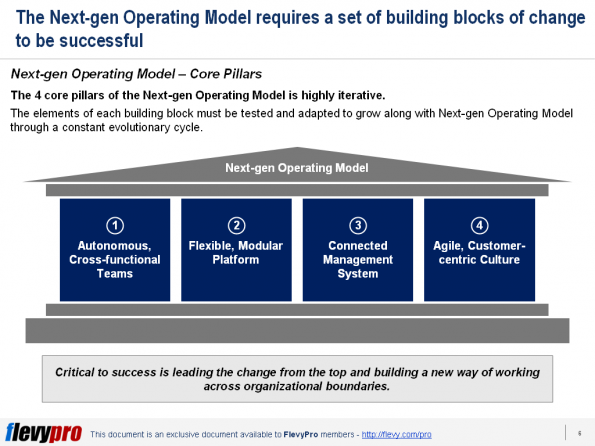
 Loyalty
Loyalty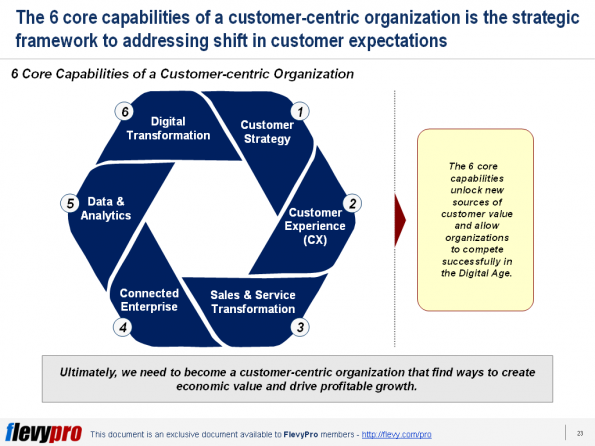
 for factories to how it manages and develops people–are some of the primary ways that global companies impose order and consistency on a diverse set of global operations. Companies believe that processes can help share knowledge across divisions and regions to achieve
for factories to how it manages and develops people–are some of the primary ways that global companies impose order and consistency on a diverse set of global operations. Companies believe that processes can help share knowledge across divisions and regions to achieve 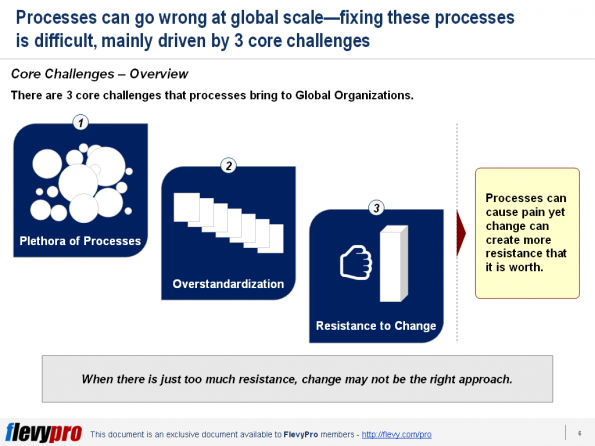

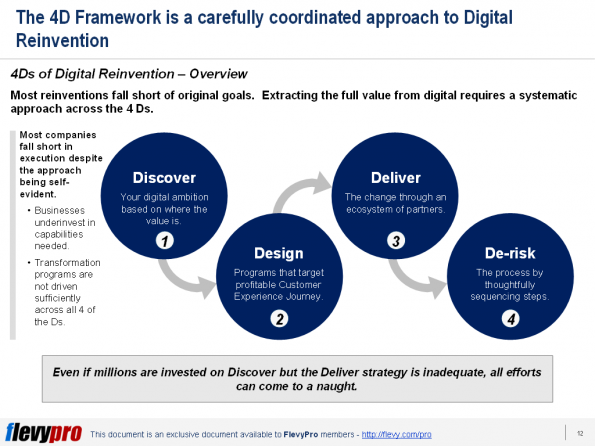
 what purpose and how, is neither in every man’s power nor an easy matter.” Aristotle
what purpose and how, is neither in every man’s power nor an easy matter.” Aristotle

 The Value Chain concept, first described by Dr. Michael Porter in 1985, is a series of actions that a firm—in a specific industry—accomplishes to produce a valuable product or service for the market. The value chain notion visualizes the process view of an organization, perceiving a manufacturing or service organization as a system comprised of subsystems of inputs,
The Value Chain concept, first described by Dr. Michael Porter in 1985, is a series of actions that a firm—in a specific industry—accomplishes to produce a valuable product or service for the market. The value chain notion visualizes the process view of an organization, perceiving a manufacturing or service organization as a system comprised of subsystems of inputs, 

 As the last decisive step in customer service, a warehouse ensures cost effective distribution. Latest technological innovation has turned warehousing into a competitive advantage. It offers untapped potential for improvement. However, warehousing is a hugely neglected part of global supply chains. There is inconsistency in picking, packing and shipping orders, storing receipts, and managing inventory and logistics operations.
As the last decisive step in customer service, a warehouse ensures cost effective distribution. Latest technological innovation has turned warehousing into a competitive advantage. It offers untapped potential for improvement. However, warehousing is a hugely neglected part of global supply chains. There is inconsistency in picking, packing and shipping orders, storing receipts, and managing inventory and logistics operations.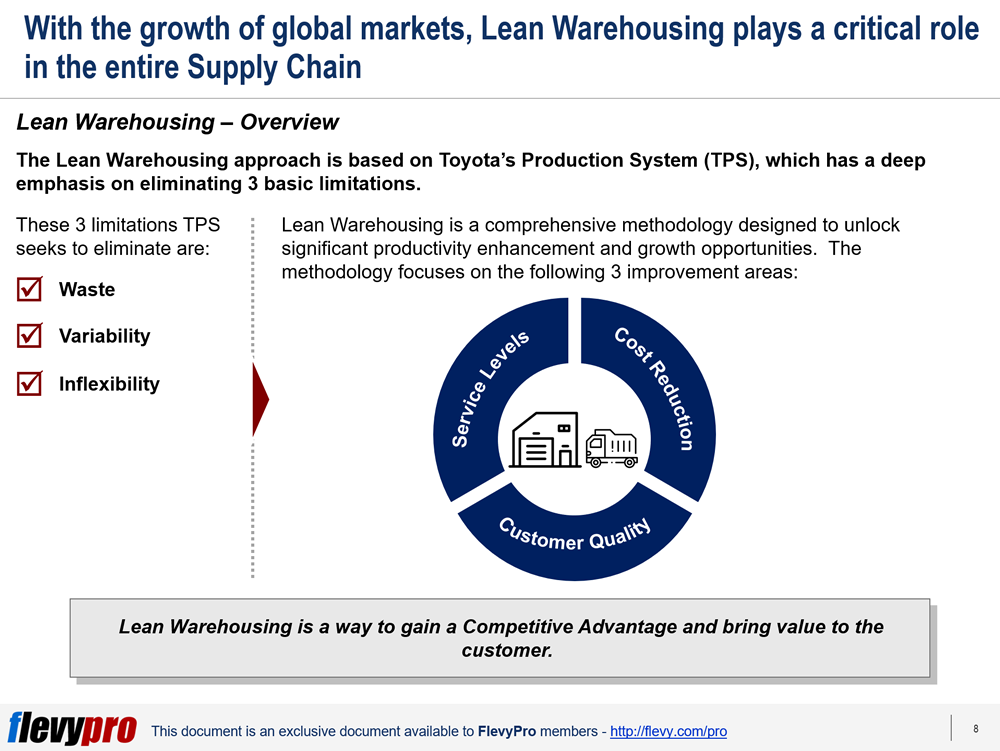

 Gordon Moore
Gordon Moore